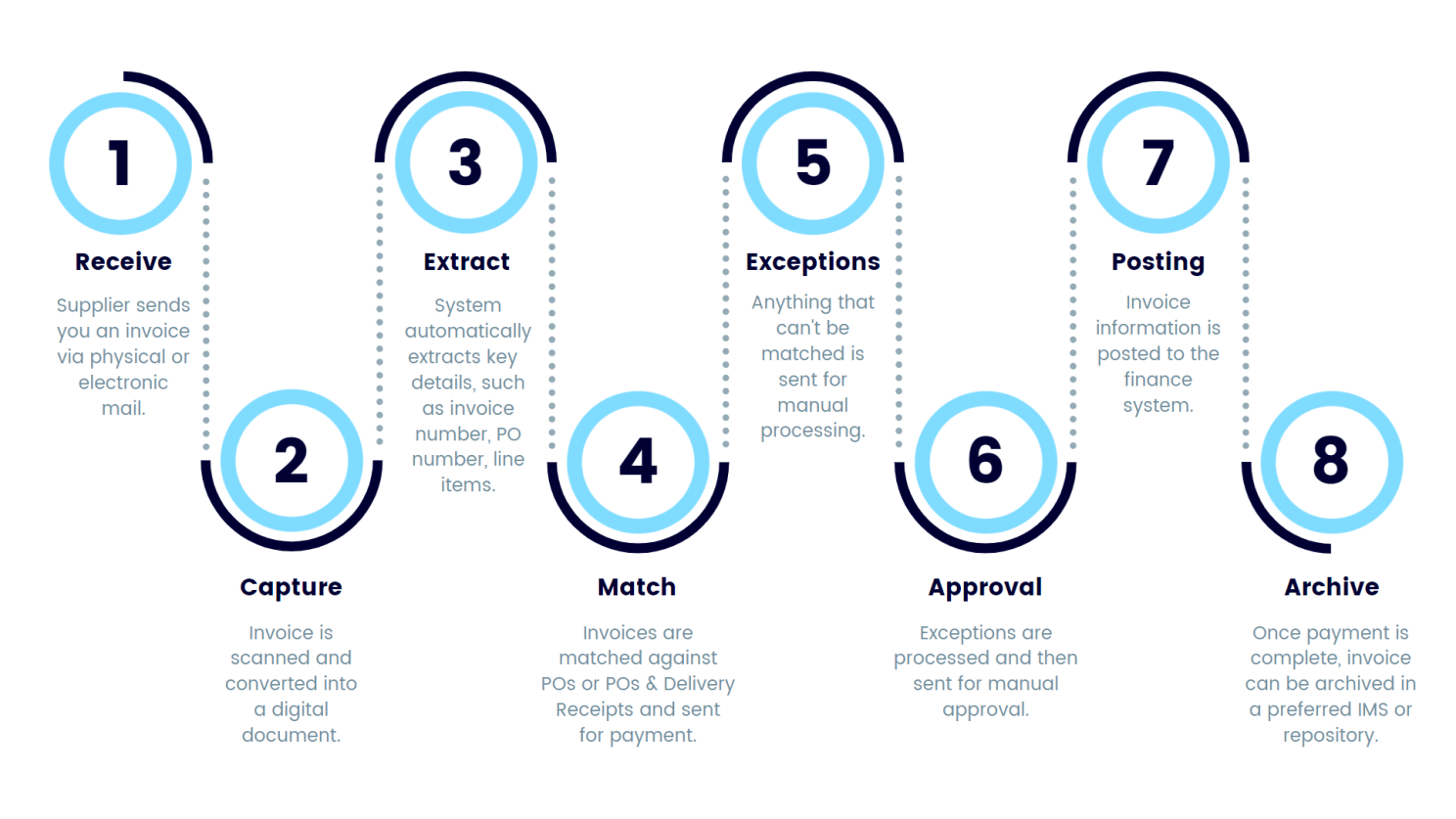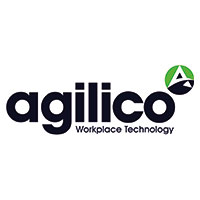Invoice automation with Agilico: Using technology to tackle late payment challenges
Late payments pose a significant challenge for UK businesses. Recent research1 reveals that over a quarter (27%) of SMEs are owed between £5,000 and £20,000 in unpaid invoices, while 55% of SMEs have seen an increase in late payments over the past year. This not only wastes valuable time – 31% of businesses spend 21-30 hours per month chasing payments – but also affects cash flow for almost half (44%) of businesses. SMEs are especially at risk when cash flow becomes unpredictable as it can disrupt business planning, affect their ability to pay suppliers and staff, and even result in a loss of clients.
These findings highlight the urgent need for big businesses, particularly those that face challenges with processing and paying invoices on time, to address this issue promptly and effectively. By leveraging technology and embracing intelligent solutions they can streamline operations and ensure prompt payments to suppliers.
Challenges for finance teams
Keeping on top of invoice processing is a demanding task for most finance teams and business owners. Manual processes are slow and expensive with 47% of businesses saying that invoice/payment approvals take too long.2 Without a clearly defined, efficient process for managing supplier payments and outgoings, it’s easy for accounts payable departments to become overloaded and payments to be missed.
Busy finance teams need smart technology that can scan, categorise, and file invoices automatically, making them accessible to approvers anytime, anywhere. Let’s explore a key solution that can help big businesses tackle the issue of late payments effectively – Automated Invoice Processing.
What is Automated Invoice Processing?
An Automated invoice processing solution involves the use of intelligent software to automatically capture, extract, route and post invoices into a finance system. It enables organisations set up approval chains and shift from data entry tasks to automated data capture and posting processes, delivering visibility and control over all their invoice processing activities.
How much does it cost to process an invoice?
If automated invoice processing sounds like an expensive solution, think again. Market research suggests that, on average, manual processing of an invoice can cost between £4 and £25. However, with invoice automation solutions, this cost can be significantly reduced to less than £1 per invoice. By reducing the time your accounts team spends on data entry, automated invoice processing offers substantial savings.
How does Automated Invoice Processing work?

- Receive: Supplier sends you an invoice via physical or electronic mail.
- Capture: Invoice is scanned and converted into a digital document.
- Extract: System automatically extracts key document details, such a invoice number, PO number, line items.
- Match: Invoices are matched against POs or POs & Delivery Receipts and sent for payment.
- Exceptions: Any new invoices the system has not previously seen, or invoices that do not match the PO or Delivery Note, are handled as an exception and passed to a user to manually process.
- Approval: Once exceptions are reviewed, they can be sent for manual approval by the person or department that placed the order.
- Payment: Invoice information is transferred to the accounts system for payment.
- Archive: Once processed, the invoice is electronically stored, e.g. in an Information Management System, where a retention period of 6 years can be automatically set up.
Working with any type of document – electronic (Word, PDF and more) or traditional paper – automated invoice processing begins with intelligent scanning. Key invoice fields are identified and captured data is then sorted and categorised, following a set of pre-designated rules and logic. Invoice lines are automatically three-way-matched against your purchase orders and receipts to enable straight-through processing, saving your business a significant amount of time. If a receipt is not available, the invoice is matched to the PO before entering a matching stage.
Should any information within an invoice be unidentified or inconsistent, it can be labelled as an exception and routed for manual approval. Users can access the system any time, anywhere, so approvals can take place on-the-go, so there aren’t any unnecessary delays. Once an invoice has been approved, it is transferred to your accounts system for final payment.
Throughout the process, complete visibility is provided on the stage of each invoice, while posted invoices are archived within your chosen document, information or accounts management system.
Integrating Automated Invoice Processing with Other Systems
Integrating an automated invoice processing solution with your existing systems enhances functionality, enables seamless collaboration across different systems, and optimises overall workflow efficiency.
Here are some examples of systems it can integrate with:
Enterprise Resource Planning (ERP)Systems: Automated invoice processing solutions can seamlessly integrate with ERP systems such as Microsoft Dynamics, enabling efficient data transfer and synchronisation.
Accounting Software: Integration with accounting software like Sage 50, Sage 200, Xero, or QuickBooks facilitates the seamless transfer of invoice data for accurate record-keeping and financial reporting.
Information Management Systems (IMS): Automated solutions can integrate with IMS platforms like Invu or Laserfiche, providing centralised storage and easy retrieval of invoice documents.
Benefits of Automated Invoice Processing
There are many benefits of automating your invoice processing including:
Avoiding Late Fees
Manually processing paper invoices increases the risk of late fees. Automating the process allows you to keep track of due dates and prioritise invoice payments.
Negotiating Discounts
By tracking invoices, you can negotiate discounts with suppliers for early payments, ensuring that you always meet your commitments.
Agile Paper-Free Processing
The process can be 100% electronic, with no need for paper. You can also process invoices from anywhere, anytime.
Reducing Errors
By automating the extraction of data from an invoice you can significantly reduce the risk of typos, which can lead to incorrect payments and supplier queries.
Cutting Unnecessary Waste
Many companies continue to print digital invoices before manually processing them – shifting to automated invoice processing removes the need to print, reducing unnecessary waste, costs and storage issues.
Preventing Fraud
Automated Invoice Systems can validate supplier details on your finance system, reducing the risk of fraud.
Freeing up Staff Resources
Not having to extract data from an invoice manually and check it against the purchase order line by line significantly reduces processing time. >90% of staff time spent keying in hundreds of invoices can be saved, allowing them to focus on other accounting tasks.
Simplifying Auditing
Invoices can be tracked along their entire journey – recording opens, responses and any other actions for auditing.
Automated invoice processing offers a transformative solution for businesses struggling with the challenges of late payments and inefficient invoice management. By leveraging technology to streamline operations and enhance collaboration, organisations can benefit from significant cost savings, improve cash flow management, and reduce the risk of errors and fraud.
Ready to streamline your invoice processing and unlock efficiency?
Meet Verify, our cutting-edge automated solution. Schedule a demo of Verify today and harness the power of Accounts Payable automation in your business.



